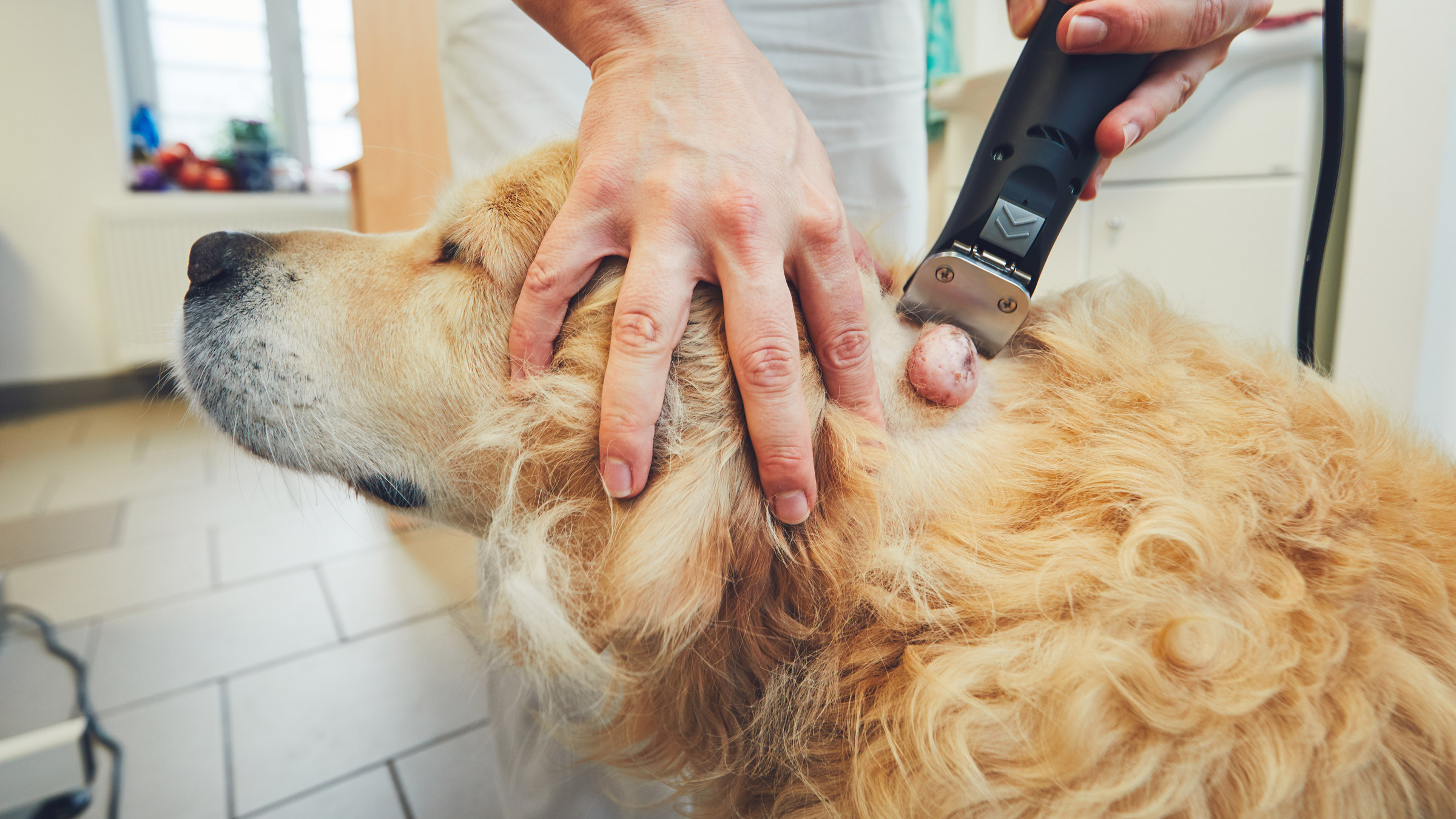
Cancer is a terrible disease that affects not just people but also our beloved canine friends. Dogs, like people, may get cancer, which can have a severe impact on their health and quality of life. We will go into the subject of canine cancer in this post, looking at its causes, typical symptoms, and treatment choices. Understanding this condition is critical for early identification and providing the best care for our canine companions.
Cause of Cancer in Dogs
While the precise causes of cancer in dogs are unknown, various variables might contribute to its development. Cancer is thought to be caused by a combination of genetic predisposition, exposure to specific environmental chemicals, age, and hormonal effects. Furthermore, many breeds are predisposed to certain forms of cancer, emphasizing the significance of breed-specific knowledge and screenings.
Common Types of Cancer in Dogs
 Cancer can harm a dog’s body’s organs and systems. The following are some of the most prevalent kinds of cancer in dogs:
Cancer can harm a dog’s body’s organs and systems. The following are some of the most prevalent kinds of cancer in dogs:
- Lymphoma is a malignancy that affects the lymphatic system and causes abnormal cell development in the lymph nodes. Swollen lymph nodes, tiredness, weight loss, and decreased appetite are common symptoms.
- Mammary Gland Tumors: Female dogs can acquire benign or malignant mammary gland tumors. Spaying female dogs before their first heat decreases the likelihood of malignant tumors substantially.
- Osteosarcoma is a bone cancer that mostly affects big and enormous dog breeds. It is characterized by lameness, edema, and discomfort in the afflicted limb.
- Hemangiosarcoma: Hemangiosarcoma is a kind of cancer that begins in the blood vessels. It most usually affects the spleen, heart, and liver, causing internal bleeding and organ damage.
Symptoms of Cancer in Dogs
Early detection of cancer is critical for successful therapy. Dog owners must be on the lookout for any odd changes in their pet’s behavior, appearance, or overall health. The following are some frequent signs that may suggest the existence of cancer in dogs:
- Unexplained weight loss
- Lumps or swelling that persist or grow
- Changes in appetite
- Difficulty breathing or persistent coughing
- Lethargy or decreased energy levels
- Persistent lameness or difficulty in walking
- Changes in bathroom habits
- Abnormal bleeding or discharge
- Changes in behavior or personality
It is crucial to remember that these symptoms might be suggestive of a variety of medical illnesses other than cancer. If any of these symptoms continue or are troubling, it is best to visit a veterinarian for an accurate assessment and diagnosis.
Treatment Options for Canine Cancer
 Treatment choices for canine cancer are determined by various criteria, including the type of cancer, its stage, and the dog’s overall health. The following are the major cancer therapy options for dogs:
Treatment choices for canine cancer are determined by various criteria, including the type of cancer, its stage, and the dog’s overall health. The following are the major cancer therapy options for dogs:
- Surgery: Surgical removal of tumors is a frequent therapeutic strategy, especially for circumscribed tumors that have not migrated to other regions of the body. During surgery, the goal is to remove as much malignant tissue as possible.
- Chemotherapy is the prescription of anti-cancer medications to eliminate or inhibit the development of cancer cells. It is frequently used as an adjuvant treatment to surgery or in situations when the malignancy has progressed.
- Radiation Therapy: High-energy rays are used to target and kill cancer cells. It is typically used to treat localized tumors or relieve symptoms when total removal is not possible.
- Immunotherapy is a relatively recent strategy that encourages the immune system of the dog to detect and eliminate cancer cells. It can be used either alone or in conjunction with other treatments.
So, to sum up, cancer in dogs is a complicated and difficult disease to treat, but advances in veterinary science have enabled a variety of therapeutic options that can enhance the quality of life and lengthen survival for affected dogs. Early discovery, early veterinarian care, and regular monitoring are critical in effectively managing canine cancer. We can give the greatest possible care and support to our beloved friends as they traverse their cancer journey if we keep informed and proactive.






